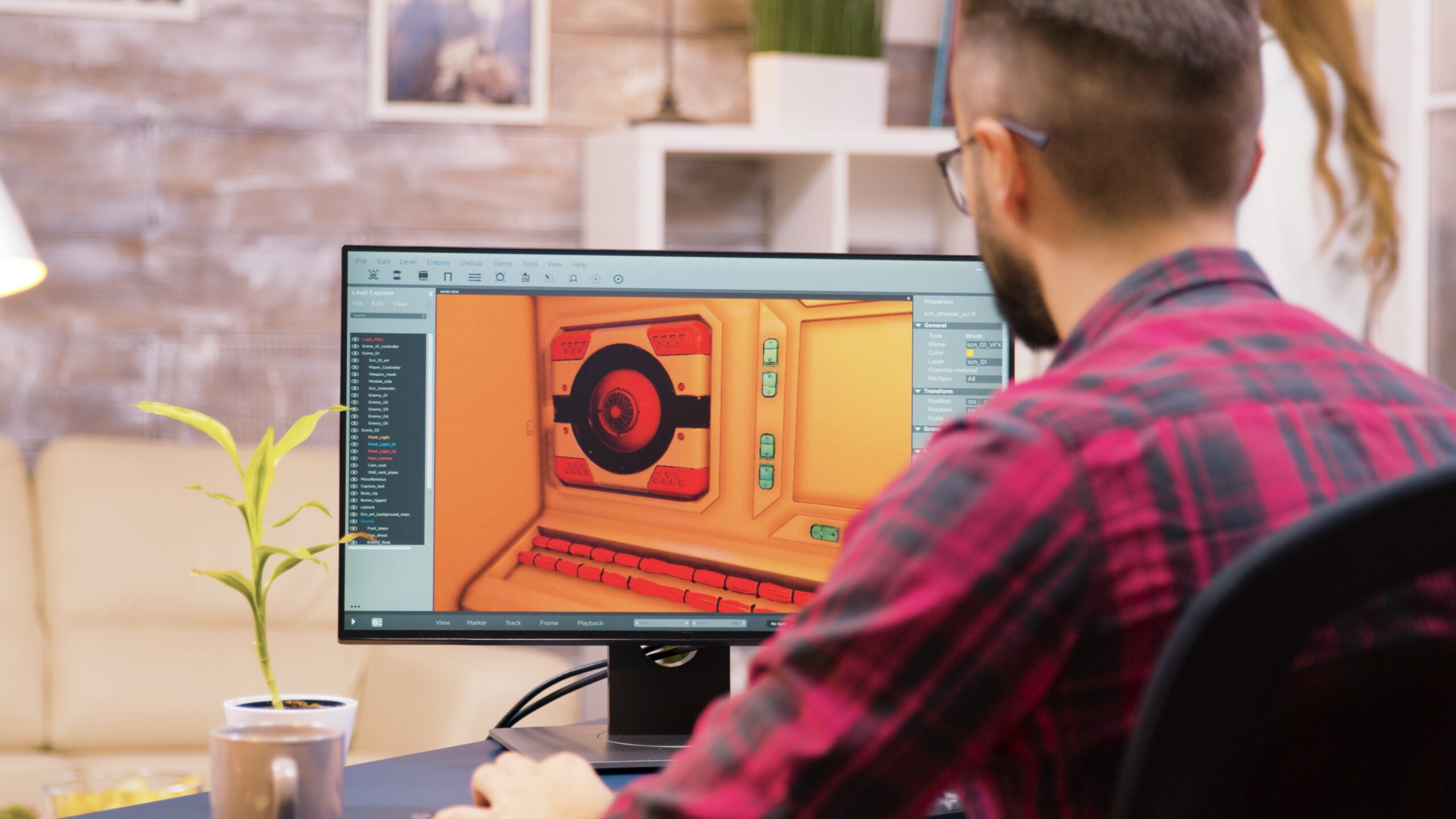In the dynamic world of animation, storyboards play a crucial role in shaping the visual narrative. They serve as a blueprint that guides the entire animation process, from concept development to the final product.
Crafting effective storyboards requires a blend of creativity, technical skill, and storytelling acumen. Whether you’re working on a short film, TV series, or commercial project, mastering the art of storyboarding is essential for bringing your creative vision to life.
Understanding the Story
Before diving into the creation of a storyboard, it’s essential to have a deep understanding of the story you’re trying to tell. Whether it’s a whimsical adventure or a heartfelt drama, a solid grasp of the characters, setting, and plot is crucial for developing a coherent storyboard.
Take the time to immerse yourself in the script or project brief, visualizing each scene and understanding how they fit together to form a cohesive narrative.
Establishing the Visual Style
The visual style of your storyboard sets the tone for the entire project. Whether you’re aiming for a sleek and modern look or a whimsical and colorful aesthetic, consistency is key.
Elements like color palette, composition, and design play a significant role in conveying the mood and atmosphere of each scene. Experiment with different styles to find one that best aligns with your creative vision.
Focusing on Composition
Composition is a fundamental aspect of creating an effective storyboard. The placement of characters, props, and background elements within each frame can greatly impact the overall visual appeal. Techniques such as leading lines, framing, and the rule of thirds can help create visually engaging compositions that draw the viewer’s eye to the focal point of the scene.
Don’t be afraid to experiment with different camera angles and perspectives to add depth and dimension to your storyboard.
Conveying Emotion and Movement
Animation is all about bringing characters and stories to life through movement and emotion. A well-crafted storyboard should effectively capture the dynamics of each scene, from subtle facial expressions to dynamic action sequences.
Pay close attention to body language, facial expressions, and gestures to convey the characters’ emotions and intentions clearly. Incorporating visual cues like arrows and motion lines can help indicate movement and flow between frames.
Keeping it Simple and Clear
While creativity is essential in storyboarding, clarity is equally important. Focus on essential details that drive the narrative forward and avoid cluttering frames with unnecessary elements that may distract from the main action.
Clear, easy-to-read labels and annotations can guide the viewer through the storyboard seamlessly, ensuring that the story is conveyed effectively.
Collaborating and Seeking Feedback
Storyboarding is a collaborative process that involves input from various stakeholders, including directors, animators, and producers. Embrace feedback and constructive criticism from your peers and mentors to enhance your skills and grow as a storyboard artist.
Collaborating with team members ensures that the storyboard aligns with the overall vision of the project, leading to a more cohesive final product.
Practicing and Refining Skills
Like any craft, mastering the art of storyboarding takes practice and dedication. Experiment with different techniques, styles, and approaches to discover what works best for you. Study the work of other storyboard artists and animators to gain inspiration and insights into the craft.
Consider enrolling in workshops, courses, or mentorship programs to further develop your skills and expand your knowledge of the industry.
Utilizing Technology and Tools
In today’s digital age, there are a plethora of tools and software available to streamline the storyboarding process. Whether you prefer traditional pen and paper or digital tablets and software, choose tools that align with your workflow and enhance your creative capabilities.
Software like Adobe Photoshop, Storyboard Pro, and Toon Boom Storyboard Pro offer features specifically tailored for storyboard artists, allowing you to bring your vision to life with precision and efficiency.
Staying Updated on Industry Trends
The animation industry is constantly evolving, with new technologies, trends, and storytelling techniques emerging regularly. Stay informed about the latest industry trends by attending conferences, workshops, and networking events.
Building connections with industry professionals can provide valuable insights and opportunities for growth. Embrace change and innovation, adapting your storytelling approaches to meet the demands of the ever-changing industry landscape.
Building Your Portfolio and Networking
A strong portfolio is essential for showcasing your skills and attracting potential clients or employers. Curate a selection of your best storyboard samples that highlight your strengths and versatility as a storyboard artist.
Utilize online platforms like ArtStation, Behance, and LinkedIn to showcase your work and connect with industry professionals. Networking is a powerful tool for expanding your opportunities and gaining valuable insights into the animation industry.
Conclusion
Crafting effective storyboards for animated projects requires a blend of creativity, technical skill, and storytelling prowess. By implementing these tips and techniques, you can elevate your storyboard work to new heights and captivate audiences with compelling visuals that bring stories to life on screen.
Key Takeaways:
- Storyboards are essential for shaping the visual narrative in animation, acting as a blueprint for the entire process.
- A deep understanding of the story, characters, and plot is crucial before starting the storyboard.
- Establishing a consistent visual style is key to setting the tone and mood of the project.
- Composition techniques, like the rule of thirds and framing, enhance visual appeal.
- Storyboards should effectively convey emotions, movements, and dynamics of each scene.
- Simplicity and clarity are vital—avoid unnecessary details and focus on the core narrative.
- Collaboration and feedback improve the quality and alignment of the storyboard with the overall vision.
- Continuous practice and refining of skills are important for growth as a storyboard artist.
- Leveraging technology, tools, and software can streamline the storyboarding process.
- Staying updated on industry trends and building a strong portfolio can open career opportunities and foster professional growth.
To further enhance your skills and excel in the competitive world of animation, consider taking the NYU Animation Industry Essentials online course and certificate program offered by Yellowbrick. This comprehensive program can provide you with the knowledge and tools needed to succeed in the dynamic field of animation.




